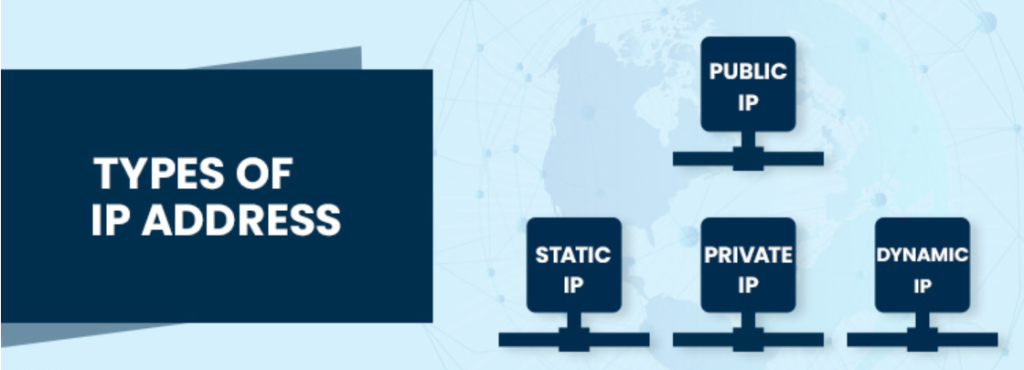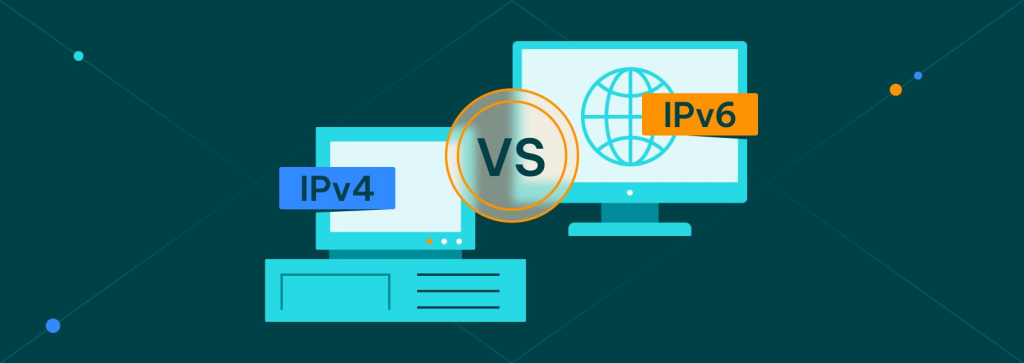What is IP?

IP, or Internet Protocol, is a set of rules governing the format of data sent over the Internet or other networks. It is responsible for delivering packets of data from the source host to the destination host based on their IP addresses. The Internet Protocol operates at the network layer (Layer 3) of the OSI (Open Systems Interconnection) model.
Table of Contents
Key Functions of Internet Protocol
- Addressing: IP addresses are unique identifiers assigned to each device connected to a network. They ensure that data packets reach the correct destination. There are two main versions of IP addresses: IPv4 and IPv6.
- Packetization: IP breaks down data into smaller units called packets. Each packet contains both the data being transmitted and control information, such as the source and destination IP addresses.
- Routing: IP determines the best path for data packets to travel from the source to the destination across interconnected networks. Routers use IP addresses to forward packets to their destinations.
- Fragmentation and Reassembly: If a packet is too large to be transmitted over a network, IP can fragment it into smaller pieces. These fragments are then reassembled at the destination.
IP Address Structure
- IPv4 Address: An IPv4 address is a 32-bit number, usually represented in decimal format as four sets of numbers separated by periods (e.g., 192.168.1.1). Each number is called an octet and ranges from 0 to 255.
- IPv6 Address: An IPv6 address is a 128-bit number, represented in hexadecimal format as eight groups of four hexadecimal digits separated by colons (e.g., 2001:0db8:85a3:0000:0000:8a2e:0370:7334).
Types of IP Addresses

- Public IP Address: A public IP address is assigned to devices that connect to the internet. These addresses are globally unique and routable on the internet.
- Private IP Address: A private IP address is assigned to devices within a private network. These addresses are not routable on the internet and are used for internal network communication. Examples include addresses in the ranges 10.0.0.0 to 10.255.255.255, 172.16.0.0 to 172.31.255.255, and 192.168.0.0 to 192.168.255.255.
- Static IP Address: A static IP address is manually assigned to a device and does not change over time. It is used for devices that require a permanent address, such as servers.
- Dynamic IP Address: A dynamic IP address is assigned by a DHCP server and can change over time. It is commonly used for client devices like computers and smartphones.
IPv4 vs IPv6: What is the difference?

IPv4 and IPv6 are two versions of Internet Protocol (IP), which is a set of rules governing the format of data sent over the Internet or local network. Here are the main differences between IPv4 and IPv6:
IPv4 (Internet Protocol version 4)
- Address Length: IPv4 addresses are 32-bit numbers, represented in decimal format as four sets of numbers separated by periods (e.g., 192.168.1.1). This allows for approximately 4.3 billion unique addresses.
- Address Format: IPv4 addresses are written in decimal format (e.g., 192.168.0.1).
- Header Complexity: IPv4 has a more complex header, making it less efficient for routing and data processing.
- Address Exhaustion: IPv4 addresses are nearly exhausted due to the limited number of available addresses.
- Subnetting: IPv4 uses subnetting to divide a network into smaller segments.
- Broadcast: IPv4 supports broadcast communication, which sends data to all devices in a network.
- Configuration: IPv4 can be configured manually or through DHCP (Dynamic Host Configuration Protocol).
IPv6 (Internet Protocol version 6)
- Address Length: IPv6 addresses are 128-bit numbers, represented in hexadecimal format as eight groups of four hexadecimal digits separated by colons (e.g., 2001:0db8:85a3:0000:0000:8a2e:0370:7334). This allows for approximately 340 undecillion unique addresses, effectively solving the address exhaustion problem.
- Address Format: IPv6 addresses are written in hexadecimal format (e.g., 2001:0db8:85a3:0000:0000:8a2e:0370:7334).
- Header Simplicity: IPv6 has a simpler and more efficient header, which improves routing and data processing.
- Address Exhaustion: IPv6 addresses are not expected to run out due to the vast number of possible combinations.
- Subnetting: IPv6 uses a more efficient and scalable approach to subnetting.
- Broadcast: IPv6 does not support broadcast; instead, it uses multicast and anycast communication.
- Configuration: IPv6 supports auto-configuration capabilities (stateless address autoconfiguration) and can also use DHCPv6.
Key Advantages of IPv6 over IPv4

- Larger Address Space: IPv6 provides a vastly larger address space, which is critical for the growing number of internet-connected devices.
- Improved Routing: The simplified header structure and the larger address space allow for more efficient routing.
- Better Security: IPv6 was designed with security in mind, incorporating IPsec (Internet Protocol Security) from the start.
- Enhanced Quality of Service (QoS): IPv6 includes improvements for handling data streams and ensuring quality of service.

